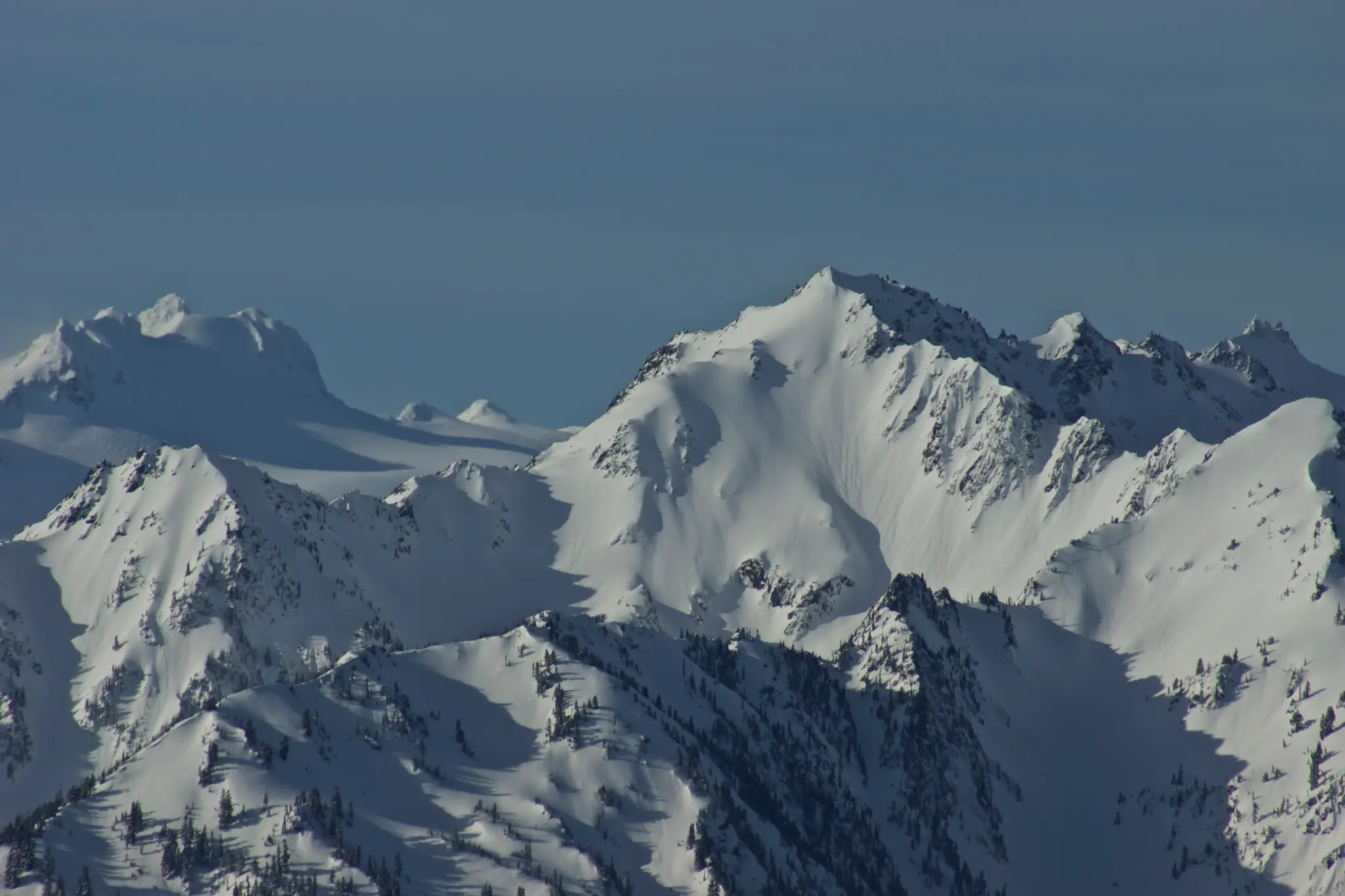About Snowpacks
- In mountainous areas that experience a winter season, precipitation can fall in the form of snow.
- Snow that has fallen on the ground and does not melt for months due to below-freezing temperatures is called a snowpack.
- Snowpacks can consist of multiple layers of snow, each one from a different snowfall, that become compacted under the weight of the subsequent layers that lie on top.
- The snowpack remains on the ground until the arrival of above-freezing temperatures in the spring, which causes it to start to melt.
- The water from the melting snowpack is called snowmelt.
- It is an important water source that keeps streams flowing in the warmer months.
- It is also an important water source for humans, replenishing reservoirs.
- The depth of the snowpack is influenced not only by the amount of snowfall but also by temperature and wind.
- Strong winds can evaporate snow cover, eroding the top layers of the snowpack, while an increase in temperature can cause layers to melt.
- In areas with an abundance of snow and proper conditions, the snowpack can accumulate to a depth of three meters (10 feet) or more.
- The density of a snowpack—how closely packed the snow particles are—increases as more layers accumulate, pushing down on the layers below.
- Weak layers, such as snow-covered surface hoar, can increase the risk of avalanches.
- Snowpack data is valuable for monitoring the effects of climate change.
Q1) What is an avalanche?
An avalanche is a mass of material moving rapidly down a slope. An avalanche is typically triggered when material on a slope breaks loose from its surroundings; this material then quickly collects and carries additional material down the slope. There are various kinds of avalanches, including rock avalanches, ice avalanches , and debris avalanches .
Source: New technique devised to measure water held in snowpacks, could help manage supply
Last updated on July, 2025
→ UPSC Notification 2025 was released on 22nd January 2025.
→ UPSC Prelims Result 2025 is out now for the CSE held on 25 May 2025.
→ UPSC Prelims Question Paper 2025 and Unofficial Prelims Answer Key 2025 are available now.
→ UPSC Calendar 2026 is released on 15th May, 2025.
→ The UPSC Vacancy 2025 were released 1129, out of which 979 were for UPSC CSE and remaining 150 are for UPSC IFoS.
→ UPSC Mains 2025 will be conducted on 22nd August 2025.
→ UPSC Prelims 2026 will be conducted on 24th May, 2026 & UPSC Mains 2026 will be conducted on 21st August 2026.
→ The UPSC Selection Process is of 3 stages-Prelims, Mains and Interview.
→ UPSC Result 2024 is released with latest UPSC Marksheet 2024. Check Now!
→ UPSC Toppers List 2024 is released now. Shakti Dubey is UPSC AIR 1 2024 Topper.
→ Also check Best IAS Coaching in Delhi














